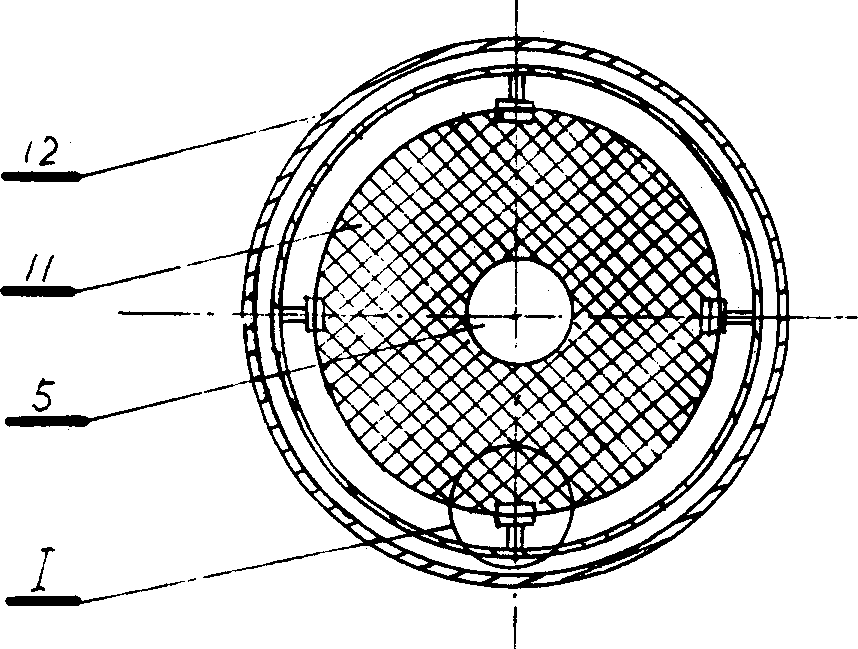Pulping method of non-wood fibers with no black liquor drained off as well as its boiler
A non-wood fiber and digester technology, which is applied in the direction of cellulose raw material pulping, digester, and fiber raw material treatment, can solve problems such as bleaching difficulties, adverse environmental effects, and recycling troubles, and achieve simple and easy process and reduce Effects of washing water consumption, easy separation and dehydration
- Summary
- Abstract
- Description
- Claims
- Application Information
AI Technical Summary
Problems solved by technology
Method used
Image
Examples
Embodiment 1
[0034] Indicator name
[0035] Add 3.6 kilograms of reeds produced in Jilin (moisture content 13.63%) in a stainless steel digester with a screen and jacket, add 32 kilograms of acetic acid with a concentration of 906g / L (with 50ml concentrated sulfuric acid in advance), at 120-130 Cook at ℃ for 120 minutes. Use the pressure in the digester to pump the black liquid into the waste acid storage tank. Then add 12 kilograms of 90% ethanol in the digester, carry out acid-alcohol cooking for 60 minutes at 110-120° C., and utilize the pressure in the digester to put the black liquid into the waste acid-alcohol storage tank. Then use hot alcohol liquid, then wash the paper pulp with hot water, the washing method is the same as in the preparation of bamboo pulp, except that the consumption of alcohol is 12 kilograms each time.
[0036] Indicator name
[0037] Indicator name
[0038] Indicator name
PUM
 Login to View More
Login to View More Abstract
Description
Claims
Application Information
 Login to View More
Login to View More - R&D
- Intellectual Property
- Life Sciences
- Materials
- Tech Scout
- Unparalleled Data Quality
- Higher Quality Content
- 60% Fewer Hallucinations
Browse by: Latest US Patents, China's latest patents, Technical Efficacy Thesaurus, Application Domain, Technology Topic, Popular Technical Reports.
© 2025 PatSnap. All rights reserved.Legal|Privacy policy|Modern Slavery Act Transparency Statement|Sitemap|About US| Contact US: help@patsnap.com



